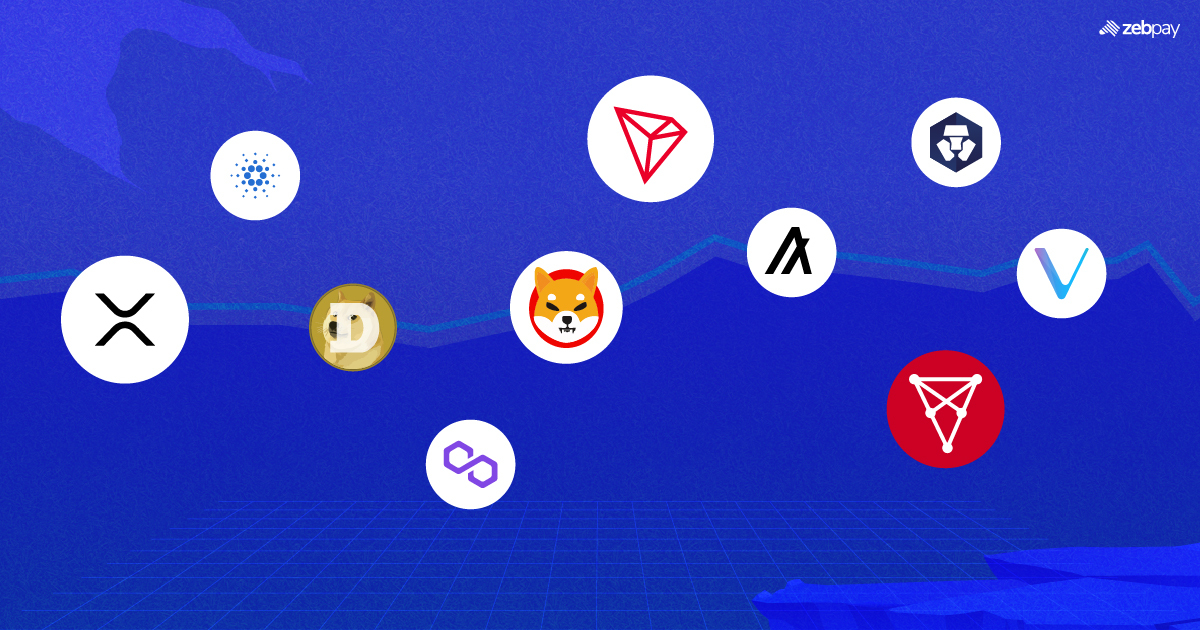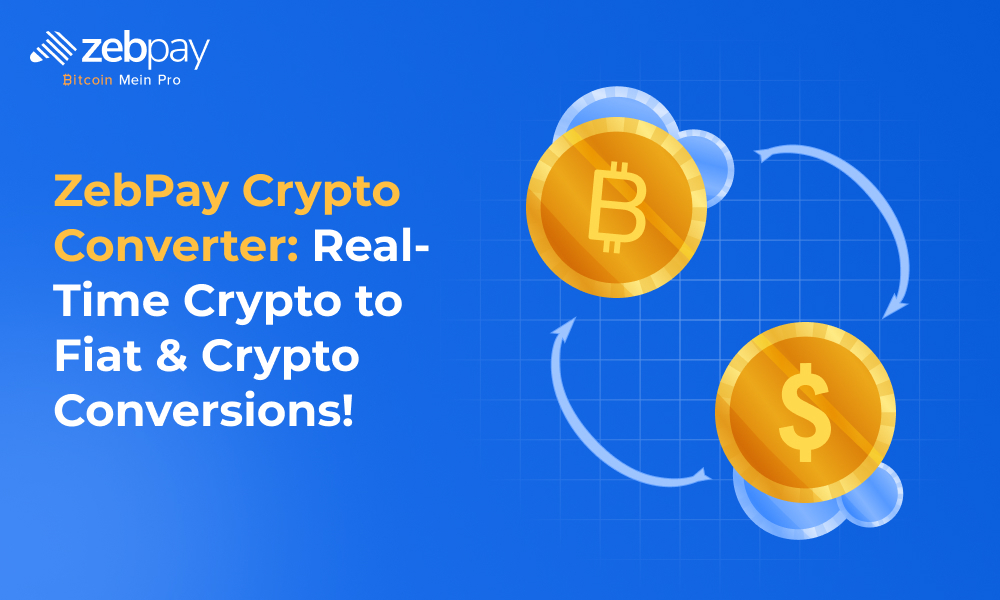Introduction to Web 3.0 and Blockchain
Web3 uses blockchain technology, crypto tokens, and NFTs to hand over data ownership back to users and, in the process, become a new and better version of the Internet.
Web3 is built using blockchain technology to enable a more decentralized internet. This article will explore the vital components of Web3 and blockchains, the role of Web3 in blockchain adoption, use cases, and a few challenges in this space.
Understanding the Evolution of Web 3.0 and Blockchain
Lack of privacy and security features were the primary limitations of Web 1.0. Web 2.0 also compromised user privacy as it allowed tracking of user conversations and locations. In contrast, Web3, Decentralized Apps and blockchain offer better privacy ecosystems.
Decentralized applications, or dApps, offer similar functionality to normal apps but operate using smart contracts on a peer-to-peer network. These apps are decentralized and cannot be controlled by a single entity. DeFi applications, such as decentralized exchanges are the most popular dApps today.
Web 3.0 is a new and better form of the Internet that enables more transparency and interactivity between the user and the web. It offers greater privacy and security and enables efficient communication around the world.
Key Components of Web 3.0 and Blockchain
Distributed Ledger Technology (DLT)
DLT is the protocol that allows simultaneous access, validation, and record updating across a networked database. It is the technology behind blockchains, and it allows users to view any changes made to the ledger.
Peer-to-Peer Networks and Consensus Mechanisms
A peer-to-peer network is a decentralized network that consists of a network of computers that communicate with each other without a central authority. These networks offer benefits to Web3, such as privacy, full data ownership, better security, and low-cost transfers.
Consensus mechanisms are protocols that facilitate nodes on a blockchain agreeing on each blockchain transaction.
Smart Contracts and Programmable Trust
Smart contracts are self-executing programs that run automatically when certain pre-agreed conditions are met between two parties.
Web3’s Role in Blockchain Adoption
Decentralization is one of the most vital features of Web 3.0, as it enables users to own and govern certain sections of the internet. Blockchain technology negates the risks of trusting a single entity, and it also reduces costs by eliminating intermediaries. Web3 can give access to its large user base to accelerate blockchain adoption.
Web3 Use Cases using Blockchain

Decentralized Finance (DeFi)
Web3 leverages blockchain technology to create a more democratic internet, and DeFi is its version of a more democratic and transparent financial system. DeFi is gaining significant traction as it enables new forms of value and utility not seen in conventional financial systems. DeFi enables a wide range of decentralized finance applications, such as trading, lending, borrowing, exchanges, and insurance.
Supply Chain Management and Traceability
Web3 can leverage blockchain technology such as smart contracts and digital ledgers to build an automated, transparent, and secure supply chain management system. Web3 enables provenance tracking, ensures trust between parties, and streamlines supply chain processes.
Web3 Digital Identity
Digital identity on Web3 can be managed in a decentralized manner. Users can control their data and can choose to keep their details private. In most decentralized transfers, the wallet address is the identity of the user. Web3 systems are not reliant on central entities like corporations or governments to manage their digital data.
Web3 Interoperability
Web3 interoperability enables users to access dApps across multiple blockchains without leaving the decentralized space. This feature gives users the freedom of mobility while maintaining network security.
Web 3.0 and User Empowerment
Web3 strives to empower users by handing over control of their data and privacy. Web3 features like smart contracts and decentralized networks can reshape the digital landscape by promoting more transparency and trust. It can also enhance the financial inclusion of the unbanked by providing access to financial products, reducing costs, and improving transparency and trust.
Web 3.0 Challenges and Considerations
Scalability and Performance
Scalability is a significant challenge facing the Web3 ecosystem, as its decentralized nature relies on a network of computers to approve transactions, making it harder to scale.
User Experience and Adoption
Web3 applications can tend to be complex to use. The user experience is not smooth on the majority of Web3 applications.
Regulatory and Legal Frameworks
Web3 also faces several regulatory and legal issues as it is a pioneer of a new and decentralized version of the internet. Having said that, most governments around the world are working on technology-driven regulatory frameworks for this space.
Web3 Innovations and Future Developments
With the development of layer-2 solutions and multichains, Web3 can solve many of the issues and become a hub for innovation. IoT, or the Internet of Things, aims to diminish the gap between the virtual and real worlds. Web3 combined with IoT can help boost productivity. AI, or artificial intelligence, is gaining significant traction, and its integration with Web3 can produce innovative use cases for the future.
Conclusion
Blockchain technology is the core element of Web3, as it provides an immutable and secure way to store data across distributed networks. It also enables the creation of dApps that offer various services in fields like finance, supply chain management, gaming, and governance. Web3 can unleash the full potential of blockchain technology with innovations like DeFi, decentralized autonomous organizations (DAOs), and NFTs.
Visit ZebPay blogs to stay up to date about the latest crypto news. Join the millions of traders already using ZebPay.





